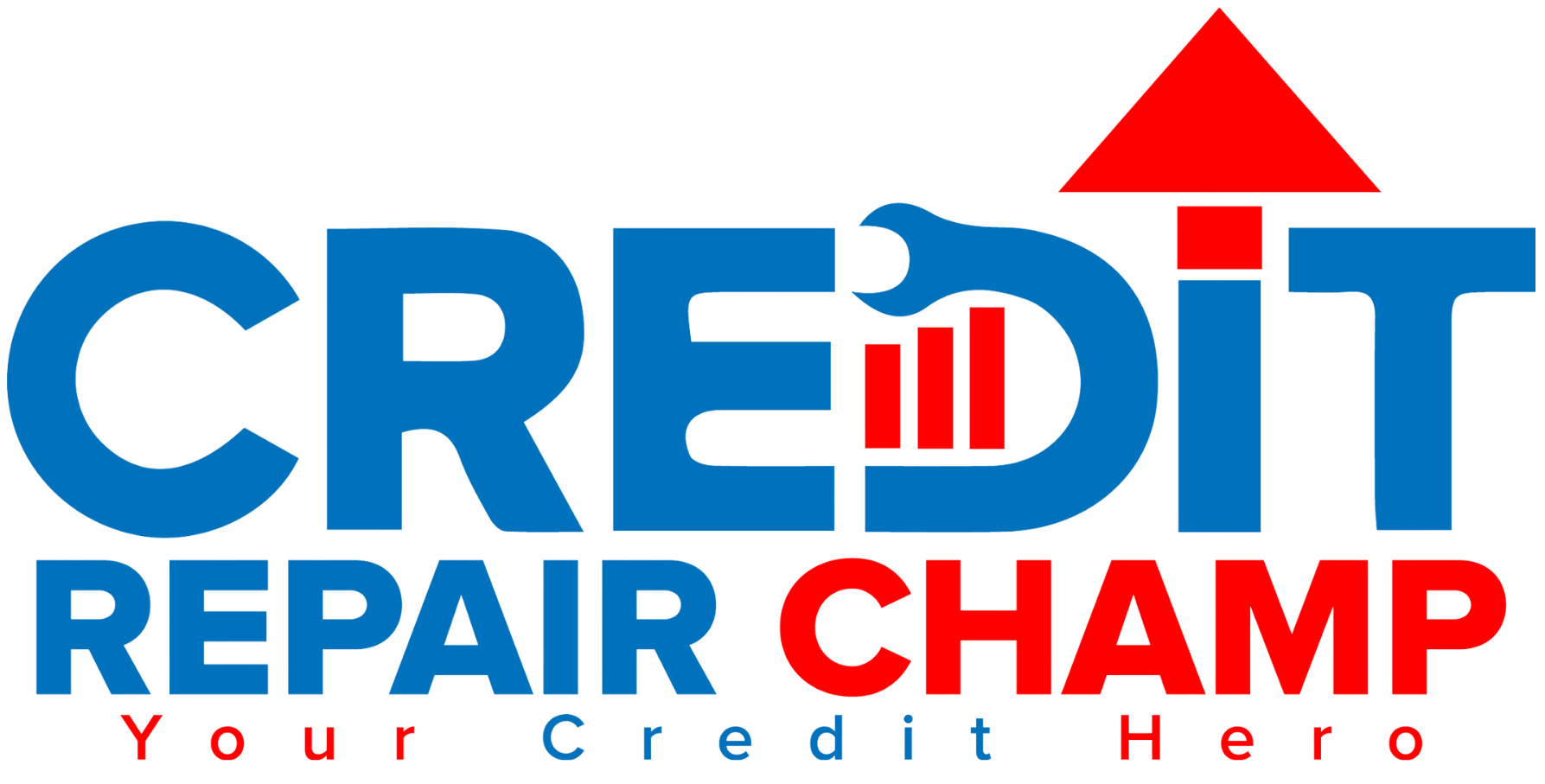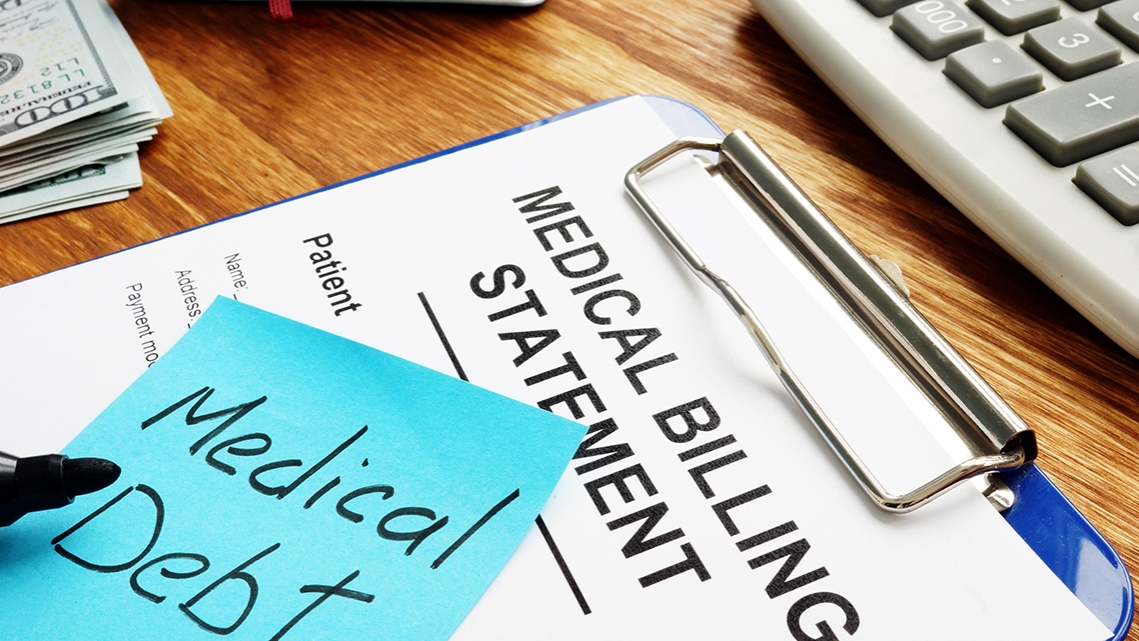Medical debt is one of the most significant financial burdens that individuals and families face today. With healthcare costs continuing to rise, even those with insurance may find themselves overwhelmed by unexpected medical bills. Fortunately, there are advanced strategies you can implement to manage and reduce your medical debt, ensuring it doesn’t damage your financial stability. In this blog, we’ll explore key methods that can help you regain control of your finances while addressing medical bills effectively.
1. Review Your Medical Bills for Errors
The first step in managing medical debt is to carefully review your medical bills for any errors. Medical billing mistakes are surprisingly common, with errors like duplicate charges, services you didn’t receive, or incorrect billing codes driving up costs. By catching and disputing these mistakes, you can potentially reduce your overall bill.
- Request an Itemized Bill: Always ask for an itemized bill from your healthcare provider to see exactly what you are being charged for. This makes it easier to spot errors.
- Compare Costs with Your Insurance Statement: Make sure the charges match what your insurance company has covered. If there are discrepancies, contact both the healthcare provider and your insurer to resolve the issue.
- Negotiate Errors: If you find an error, don’t hesitate to call your healthcare provider’s billing department to have it corrected. Even small mistakes can lead to significant savings.
2. Negotiate with Healthcare Providers
Many people don’t realize that medical bills are negotiable. Before paying any medical debt, it’s worth reaching out to the billing office to see if they can offer a discount, especially if you’re paying out of pocket or struggling to meet the payment.
- Ask for a Payment Plan: Many healthcare providers offer interest-free payment plans that allow you to spread out your payments over time, making the debt more manageable without adding to your financial stress.
- Request a Reduction: If your medical bills are overwhelming, explain your situation to the billing office and ask if they can reduce the total amount due. Hospitals and clinics often have financial assistance programs in place, especially for those experiencing hardship.
- Offer a Lump-Sum Payment: If you’re able to pay a portion of the debt in a lump sum, you might be able to negotiate a discount for immediate payment. Providers are sometimes willing to accept a lower amount if they can collect payment quickly.
3. Understand Medical Debt and Credit Scores
Many people are unaware that unpaid medical debt can affect their credit score, but only after a certain period. Under current rules, medical debt typically doesn’t impact your credit score until it is 180 days past due, giving you time to address it before it appears on your credit report.
- Monitor Your Credit Report: Regularly check your credit report to ensure that no medical debt has been mistakenly reported. You can dispute incorrect listings with the credit bureaus if needed.
- Pay Off Smaller Debts First: If you have multiple medical debts, start by paying off the smaller ones first. This not only reduces the number of outstanding bills but also helps prevent those debts from affecting your credit score.
- Stay in Contact with Your Providers: Communication is key when managing medical debt. If you’re unable to make a payment, talk to your provider about your situation. By keeping them informed, you may prevent the debt from being sent to collections, which can significantly damage your credit.
4. Explore Government and Nonprofit Assistance
There are numerous government programs and nonprofit organizations that offer assistance with medical debt. These programs are designed to help those struggling to pay their medical bills, and they can provide both financial relief and guidance on how to manage your debt.
- Medicaid and CHIP: If you qualify for Medicaid or the Children’s Health Insurance Program (CHIP), you may be eligible for retroactive coverage for past medical expenses. Check with your state’s program to see if you qualify.
- Nonprofit Credit Counseling: Nonprofit credit counseling agencies can help you create a budget and offer advice on managing medical debt. These agencies often provide free or low-cost services to help you understand your financial options.
- Hospital Charity Care Programs: Many hospitals have charity care programs that offer free or reduced-cost medical care to patients who cannot afford to pay their bills. You can apply for these programs by contacting the hospital’s financial assistance office.
5. Consider Debt Settlement or Consolidation
If you’re dealing with a large amount of medical debt, debt settlement or debt consolidation might be viable options. These advanced strategies can help you manage your debt in a more structured and affordable way.
- Debt Settlement: With debt settlement, you or a debt settlement company negotiate with your creditors to accept a lower amount than what you owe. This can be an effective strategy for reducing medical debt, but it may impact your credit score, so it’s important to weigh the pros and cons carefully.
- Medical Debt Consolidation: If you have multiple medical debts, consider consolidating them into a single low-interest loan. This can simplify your payments, reduce interest rates, and make it easier to keep track of what you owe.
6. Prioritize Health Insurance and Prevention
One of the most effective ways to prevent future medical debt is by prioritizing health insurance coverage and focusing on preventative care. By maintaining health insurance, you’ll have protection against high out-of-pocket costs in case of medical emergencies.
- Review Your Health Insurance Options: Take the time to understand your insurance plan and what it covers. Consider opting for a plan with lower deductibles if you frequently need medical care, or a high-deductible plan with a Health Savings Account (HSA) if you’re generally healthy.
- Preventative Care: Focusing on preventative care can help you avoid expensive treatments down the line. Regular check-ups, screenings, and a healthy lifestyle can reduce your risk of developing serious medical conditions that lead to high medical bills.
7. Take Advantage of Tax Deductions and Credits
Medical expenses can sometimes be tax-deductible, which can help offset the burden of medical debt. If your out-of-pocket medical expenses exceed 7.5% of your adjusted gross income (AGI), you may be able to deduct those costs on your tax return.
- Keep Track of Medical Expenses: Keep all your medical bills and receipts in one place to calculate your eligible deductions. This includes not only hospital bills but also the cost of prescriptions, medical equipment, and even transportation to and from medical appointments.
- Consult a Tax Professional: To ensure you’re maximizing your deductions, consider consulting a tax professional who can help you navigate the rules and determine which expenses qualify.
Conclusion
Managing medical debt may seem overwhelming, but with the right strategies, it’s possible to regain control of your financial situation. By reviewing your bills for errors, negotiating with providers, exploring financial assistance programs, and considering debt settlement or consolidation, you can effectively reduce the impact of medical debt on your finances. Remember that early action and proactive communication with your healthcare providers are key to preventing medical bills from spiraling into unmanageable debt.
If you’re facing significant medical debt, don’t hesitate to seek help from nonprofit organizations, credit counselors, or financial professionals. With the right approach, you can minimize the burden and take steps toward financial recovery.





